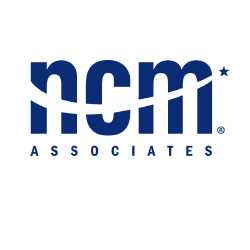For non-auto clients, visit sf.ncmassociates.com.
6 Steps to Control Dealership Expenses

While most of your managers are driven by sales and gross, volume doesn’t necessarily equal more profits. If anything, pushing more volume through a bloated expense structure typically yields less net profit. And, if your manufacturer is too optimistic and producing excess cars with high volume goals, you face even more problems. Expanded production challenges your gross and leads to increases in the “Big 3” expenses: sales compensation, advertising, and floor plan.
Get a better handle on dealership expenses to make the most of your sales opportunities with an expense review. It’s a fast way to see how you are spending your money and to find the areas where you can cut back.
The Expense Review Process
- Get organized. Pull a list of every vendor and get all of your contracts in one place. Categorize your expenses and assign responsible managers. Make “spending management” a top priority for your office manager/controller/CFO.
- Vendor review. Sit down with your management team and determine which vendors provide overlapping services and can be reduced or eliminated. Identify vendors that provide services with minimal or no added value for your business and eliminate them as well.
- Vendor list. Designate a “preferred provider” in each of your expense categories. These firms may not offer the lowest cost, but they should all offer best-in-category services or products for your dealership. Once the management team has agreed to the preferred vendors, publish the list for staff use.
- Purchasing policies and approvals. Limit changes to the Preferred Vendor List and commitment authority (contracts, purchase orders, invoices) to as small a group as possible.
- Usage reviews. Usage and process reviews will often reduce your costs more than the negotiating of new pricing. To get started, review all transactions from the last six to 12 months and identify expense categories tied to sales, such as units, services, and parts. Pulling this information can be time-consuming, but if you're already using LiveAudit it should go pretty quickly. If not, you'll need to set aside time to get your financials in order. In most cases, dealerships use a vendor item/service when selling something (e.g., credit card processing), so ask yourself, “What are the processes behind each usage?” Evaluate each process: Are you wasting items or needlessly using services?
- Sourcing. Organize your contract bids on a calendar according to how far out you need to get competing bids. Nothing is more effective than a good old fashioned RFQ, or Request for Quote, to identify the highs and lows of the marketplace and your target pricing.
Find opportunities and make the most of them. Try giving every manager a goal to cut monthly expenses by a dollar or percentage amount. Consider giving a bonus to whomever can cut the most. And at your managers' meetings, have each manager bring an idea to cut expense for a particular item or department.
